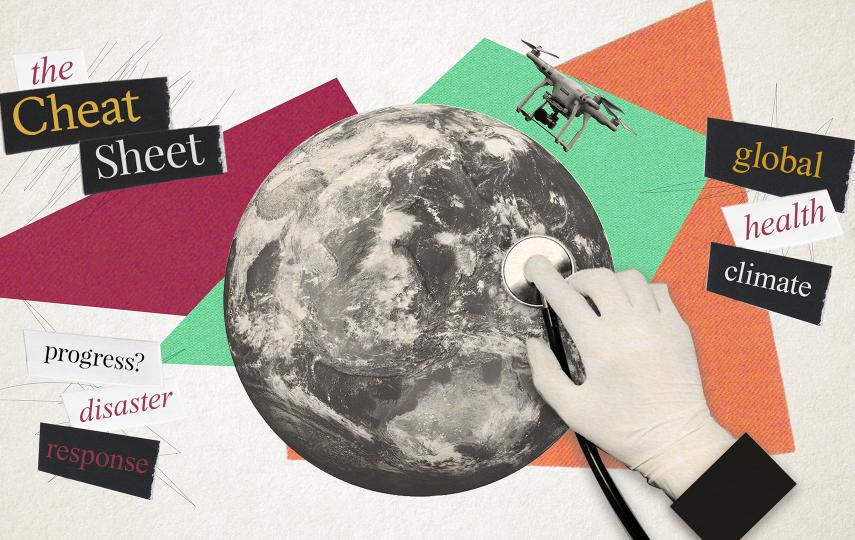The SDGs, a successor to the Millennium Development Goals (MDGs) which expire at the end of 2015, are to be formally adopted at the 69th session of the UN General Assembly on 24 September.
SDG Number 13 reads: “Take urgent action to combat climate change and its impacts.” The goal notes that the UN Framework Convention on Climate Change (UNFCCC) is the primary international, intergovernmental forum for negotiating the global response to climate change.
One of the two main obstacles the pro-stand-alone climate change goal lobbyists faced was the fact that there already is a UN legal mechanism to deal with climate change - the UNFCCC. It is expected to deliver a new treaty on how to address climate change at a conference in Paris next year.
“[There were some countries that felt] we don’t want to prejudge the provisions of the new agreement [next year],” said Caleb Otto, Palau’s ambassador to the UN.
This was a “legitimate concern”, said Saleemul Huq, a senior research fellow with the International Institute for Environment and Development and a member of the Intergovernmental Panel on Climate Change (IPCC). But he was glad the counter-argument prevailed as one “cannot consider sustainable development for the next 20 years without the overarching impact of climate change”.
The questions many poor countries were asking, said Otto, were: “How can you expect Bangladesh to develop sustainably when it is constantly flooded? Do you expect sub-Saharan countries to talk about development when they are constantly fighting drought? How can you expect Pacific Ocean islands to think about sustainable development when they continuously have to deal with storm surges and a rising sea level?”
There have been numerous calls by leading development experts to ensure that the new climate treaty, the new SDGs, and the new disaster reduction treaty (updating the Hyogo Framework for Action) should reflect the synergies between climate change, disaster risk reduction and sustainable development, as they are all inter-related.
Obstacle No. 2
The other obstacle to a stand-alone climate change goal was presented by countries who felt that addressing the impact of climate change could be included or integrated into various goals like poverty alleviation.
Lobbyists, however, argued that integrating climate change into all the goals would not have the required impact.
In June more than 170 civil society organizations and networks from over 50 developed and developing countries called, in an open letter, for the new development framework “to address climate change in a manner that recognises the urgency and importance of dealing with the most fundamental challenge of our time”.
They called for a separate, stand-alone climate change goal, and for climate elements to be included in other relevant goals: “A robust framework of this nature will help to support the scale of ambition needed to achieve the UNFCCC’s aims and help to ensure the delivery of a strong climate deal at COP21 in Paris in 2015.”
A stand-alone goal also provides direction to governments and to their donors, explained Huq. Most aid funding flows are aligned to countries’ efforts to meet the MDGs. A stand-alone goal is therefore a way of ensuring money flows in for efforts to address climate change. Raising money for these efforts has been problematic hitherto.
“Of course, we have to ensure that we will not be duplicating the funding tracks in the UNFCCC,” he added.
The next major challenge will be to develop indicators and targets for the climate change goal. This is a discussion likely to happen in tandem with those around the new climate treaty in Paris, said Otto. “You don’t want to duplicate things.”
jk/cb
This article was produced by IRIN News while it was part of the United Nations Office for the Coordination of Humanitarian Affairs. Please send queries on copyright or liability to the UN. For more information: https://shop.un.org/rights-permissions





